Tod and McGregor claimed to be the "fathers of iron shipbuilding on the Clyde" - in 1835, they launched the Vale of Leven, the first iron vessel actually built on the banks of the Clyde. Tod and McGregor had started out as foremen at Camlachie Foundry, and set out on thier own as marine engineers in 1834. Their first yard was further upriver, then they moved south of the river, before moving to a new, large site at Meadowfield where the River Kelvin joins the Clyde.
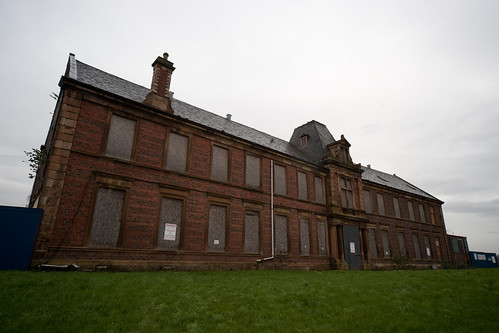
Here they built one of the first drydocks in Scotland, and also a slip dock for repairs. They built vessels for various companies including P&O - one notable ship was the City of Glasgow, the first screw-driven steamer to cross the Atlantic.
David and William Henderson, who owned an engineering works in Finnieston, bought the yard from Mr Tod Jr. in 1873 after the deaths of the original founders. The Henderson brothers were also partners in the Anchor Line, for whom they built 32 ships between 1876 and 1911, and they also built 19 ships for Lamport & Holt of Liverpool among others. Repair work also kept the yard busy, and they built prestigious racing yachts including Britannia in 1893 for the Prince of Wales.
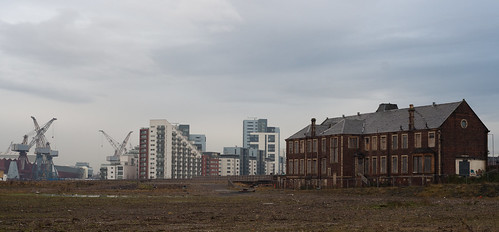
The yard was bought by Harland & Wolff in 1917, but the depression between the wars did it for the yard, which closed in 1935. The drydock was filled in in the '60s, and everything has been demolished apart from the offices, which have been occupied by several other companies but now lie empty. The above picture shows the Meadowside offices on the right, the Glasgow Harbour development which has recently replaced the enormous Meadowside granaries, and the (operational) Fairfields BAE Systems yard at Govan on the opposite bank. Inside, the office building would have been beautiful in it's prime:
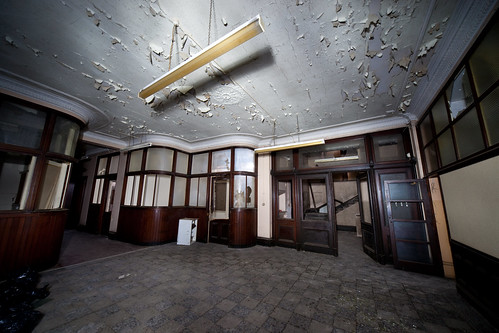
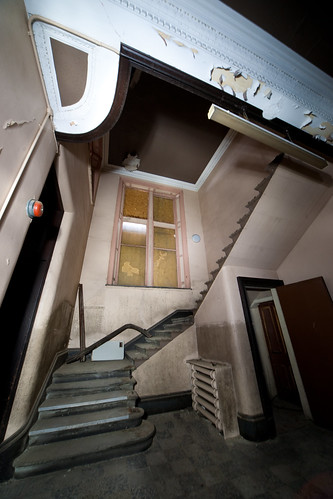
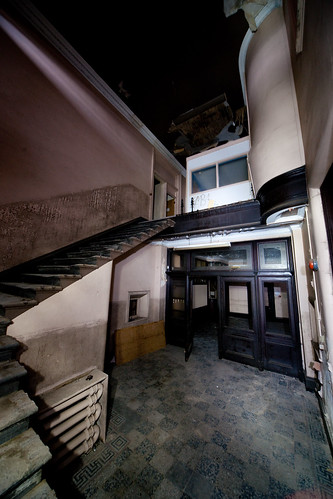
Most of the offices have been remodelled in the usual style of suspended ceilings and chipboard panels, but a few still keep their original features:
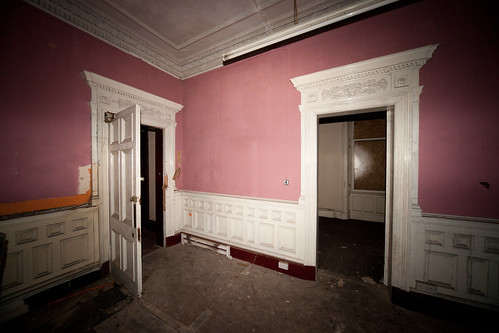
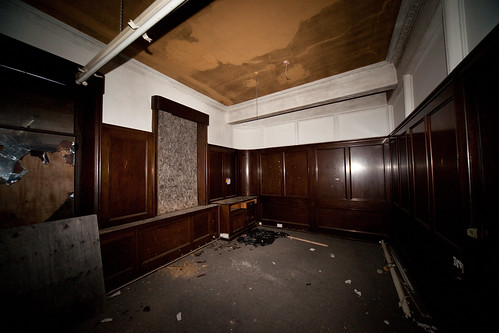
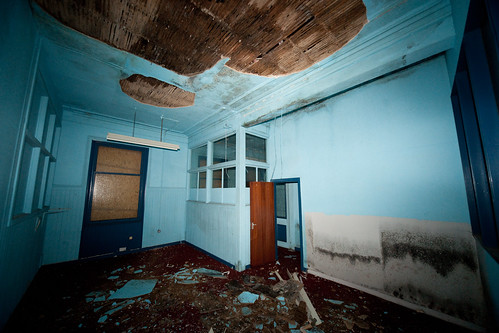
Since the yard closed over 70 years ago, I wasn't holding out much hope for interesting paperwork, and first prospects weren't good:

But then, crawling about in the attic, the shelves held out some hope:
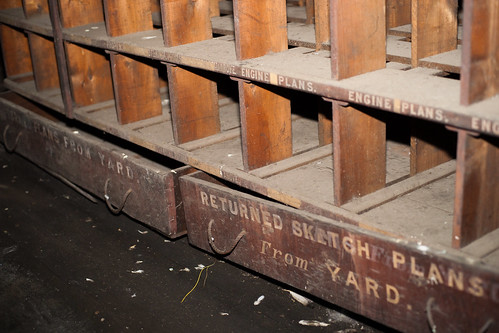
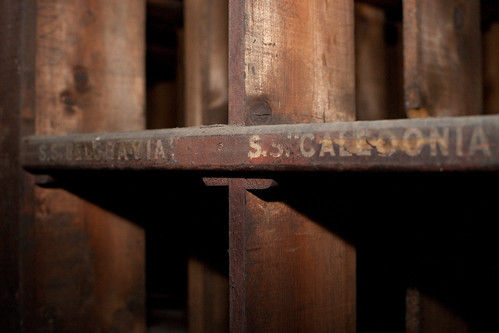
And then, poking in pigeon shit under the eaves, some older paperwork - the first plans got my hopes up but they turned out to be building plans from the '60s:
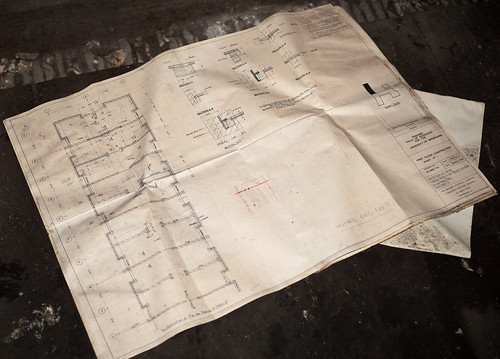
But then, bingo :thumb
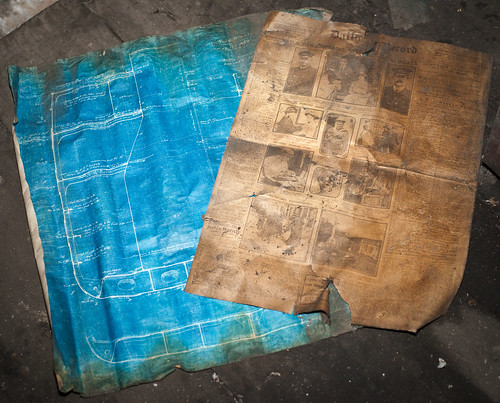
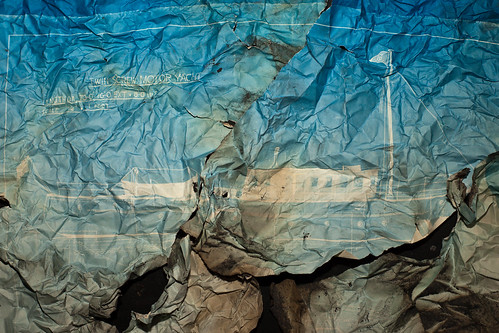
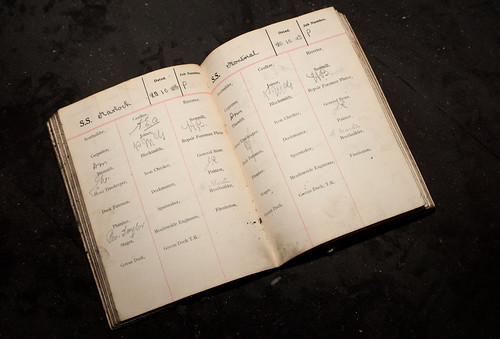
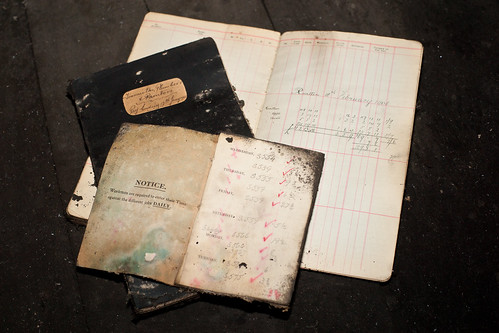
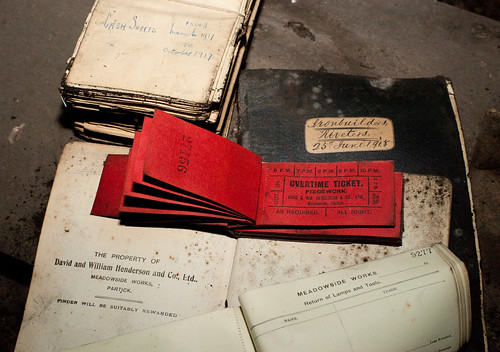
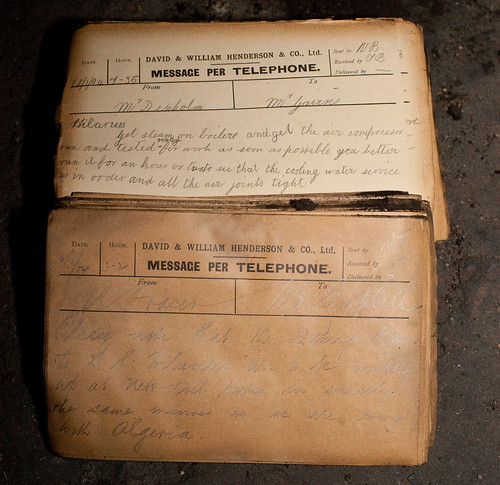
More, as usual, in my Flickr set...

Here they built one of the first drydocks in Scotland, and also a slip dock for repairs. They built vessels for various companies including P&O - one notable ship was the City of Glasgow, the first screw-driven steamer to cross the Atlantic.
David and William Henderson, who owned an engineering works in Finnieston, bought the yard from Mr Tod Jr. in 1873 after the deaths of the original founders. The Henderson brothers were also partners in the Anchor Line, for whom they built 32 ships between 1876 and 1911, and they also built 19 ships for Lamport & Holt of Liverpool among others. Repair work also kept the yard busy, and they built prestigious racing yachts including Britannia in 1893 for the Prince of Wales.

The yard was bought by Harland & Wolff in 1917, but the depression between the wars did it for the yard, which closed in 1935. The drydock was filled in in the '60s, and everything has been demolished apart from the offices, which have been occupied by several other companies but now lie empty. The above picture shows the Meadowside offices on the right, the Glasgow Harbour development which has recently replaced the enormous Meadowside granaries, and the (operational) Fairfields BAE Systems yard at Govan on the opposite bank. Inside, the office building would have been beautiful in it's prime:



Most of the offices have been remodelled in the usual style of suspended ceilings and chipboard panels, but a few still keep their original features:



Since the yard closed over 70 years ago, I wasn't holding out much hope for interesting paperwork, and first prospects weren't good:

But then, crawling about in the attic, the shelves held out some hope:


And then, poking in pigeon shit under the eaves, some older paperwork - the first plans got my hopes up but they turned out to be building plans from the '60s:

But then, bingo :thumb






More, as usual, in my Flickr set...
Last edited:



